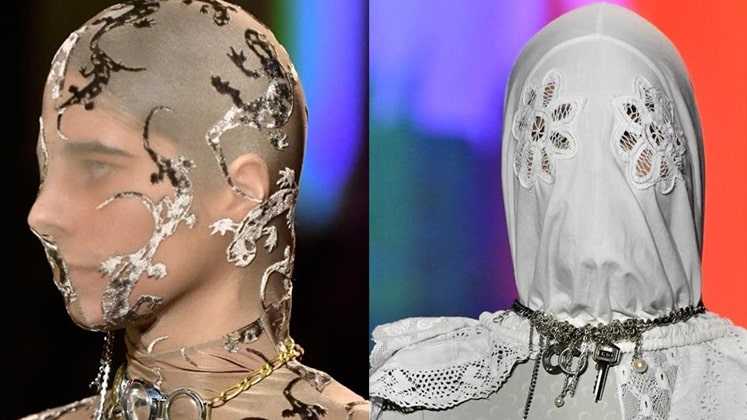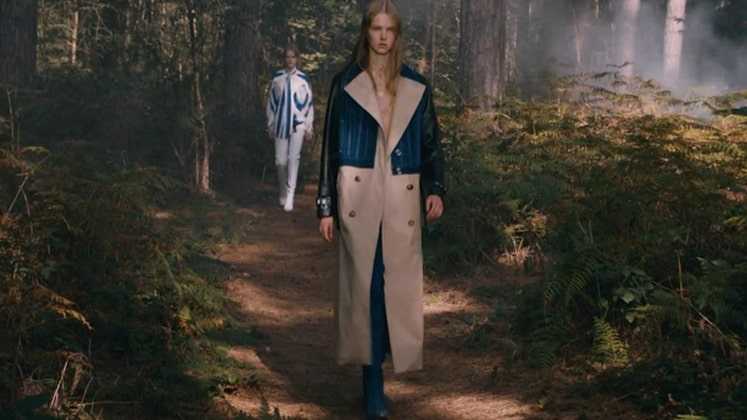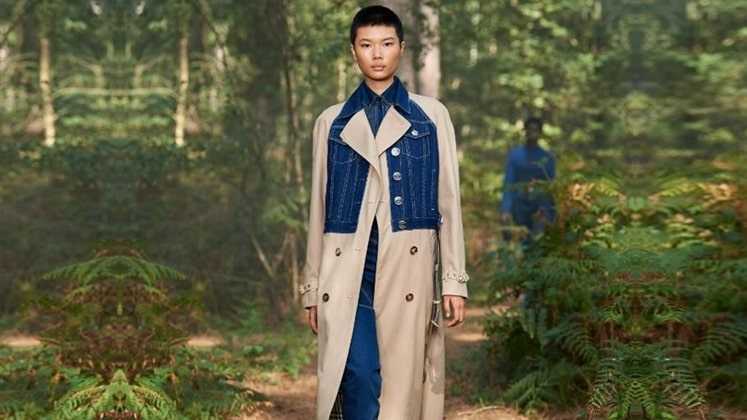
As the pandemic continues to challenge our comfort zones in the way we work, it has created new challenges for the fashion industry which have eventually led to some interesting reforms. Technology in textiles has shown its true potential to the world, and is shaping new trends in a post-Covid era. When many offices and factories began to close due to lockdown, fashion influencers across the globe adopted advancements and succeeded in quickly implementing collaborative trends to keep fashion alive and updated.
At the beginning of the year 2020, who knew that a major period of the year would be at a standstill for global economy. Regardless of the fact that the fashion industry has faced a colossal fiscal loss throughout the pandemic outbreak, technical textiles, or non-aesthetic textiles, have evinced their true potential to the health sector.
According to baseline survey of the technical textile industry by the Ministry of Textiles, India’s technical textiles market is estimated to ascend to US $ 28.7 billion by 2020-2021 with an upsurge of 20 per cent from US $ 16.6 billion in 2017-2018.
Adoption of new methodology, technology and innovation was seen in major fashion weeks around the globe in the year 2020, and here are some of the key trends that will be remarkable for brands to survive in a newly turbulent landscape :
1. Safety And Distancing Norms in Fashion Shows
The much-awaited major fashion weeks finally made their way despite the onset of coronavirus, a massive challenge in itself. As for Milan Fashion Week, an amalgamation of live as well as some virtually telecasted fashion shows made the audacious fashion week a success giving the much needed kick-off amidst the advent of lockdown. The teams of dedicated designers pulled it off, having maintained a balance between clamour of the glamour, and the safety measures necessary to be imposed taking into account the global scenario. Although the year saw much constricted number of shows, meagre audience due to social distancing norms and many new reforms that the industry couldn’t have imagined a year ago.

Without a doubt, 2020 has set the cornerstone for major changes in fashion trends across the world which even luxury segment couldn’t escape.
Burberry staged a live streamed Spring/Summer 2021 collection in an outdoor space with no audience on the show that is a part runway presentation and a part rendition art. The new normal we are entering appears to have rendered innovative approaches to performance art equations on major shows.

The collections coming up for Spring/Summer 2021 are much tighter edit than previous years, as in case of Burberry’s S/S 2021 with less than 60 looks compared to a usual 100+ looks.
2. Body And Face Armours Paving The Way
With a yet dubious availability of COVID-19 vaccine, it is the face masks and protective shields that have served as an armour in the year-long fight against coronavirus.
Today, masks have been innovated in ways that were almost unimagined ever before. Even the ramp hasn’t been barred of looks styled with tech-laden masks such as the remote-controlled masks that allow the user to speak and eat while providing an uncompromised protection; advanced performance masks with graphene filtration; Bluetooth-enabled protective clothing to customised face printed masks, technology combined with masks has armoured people around the globe equally as the healthcare facilities have.
Fashion events around the globe are utilising the current essential face masks and gloves as a trend setting factor in their shows. One such show was presented at the Paris Fashion Week where models traced the floor with a range of stunning outfits teemed with spectacular facial masks.
3. Fashion to go ‘Anti- Viral’ Post COVID-19
As luxury brands such as Saint Laurent , Gucci , Diesel and Armani , amongst others, have started joining hands with manufacturers of proprietary anti-viral fabrics in order to create hygienic luxury fabrics in the wake of the current hour, the other market segments are also not untouched by the new technical textiles. The Albini Group, which is known to have developed the fabric with anti-viral properties, says the tests were conducted with a virus labelled 229E, structurally similar to SAR- COV- 2, or the deadly coronavirus. The fabric has been particularly welcomed by the luxury brands and fairly so, as Fabio Tamburini , the CEO of Albini Group , exclaims that the developed fabrics have a feel commensurate to that of any luxury fabric.
4. Advanced Technical Textiles in India
If you think advanced technical textiles is a luxury confined to the West, it’s not at all true. Catering majorly to premium brands such as Wills Lifestyle and Louis Philippe with its best quality suiting fabrics, The Donear Group , is listed amongst the top companies bringing anti-viral fabric formulation in India, in collaboration with HeiQ.
The anti-viral fabrics are being widely marketed in the country today, and is definitely a fast- growing trend globally. According to the Managing Director of Donear Group , Rajendra Agarwal , “Some of the most interesting bridges between biology and design are happening now”. It is to be noted that menswear brand Zodiac has the courtesy of being the first to float anti – viral shirts by Donear, well finished with ‘Viroblock’ treatment by HeiQ.
In fact, recently in India, Arvind has collaborated with HeiQ Materials and Jintex Corporation to introduce the ‘Virolock’, anti-viral protech textile in India under the brand name ‘Intellifabrix’, according to The Hindu . The technology will be seen in shirting and suiting fabrics, face masks and readymade garments in Indian market.
5. Eco- Friendly in Demand
Already a buzzword of the decade, ‘Green’ or ‘eco- friendly’ fashion is being included in the focus of designers. The world is glancing at the reused, replenished and repeated wardrobe outfits with respect and without skipping the trending rhythm. This year recycling, upcycling and technological innovations were the key values seen at Paris Fashion Week in January which continued to motivate the runways at an increased pace in the later months as well. Jean Paul Gaultier , who marked his last Paris show, ever left with a collection presenting upcycled haute couture demarcated with reimagination of past-used items, designs and fabrics in a resplendent way.

Post a Comment